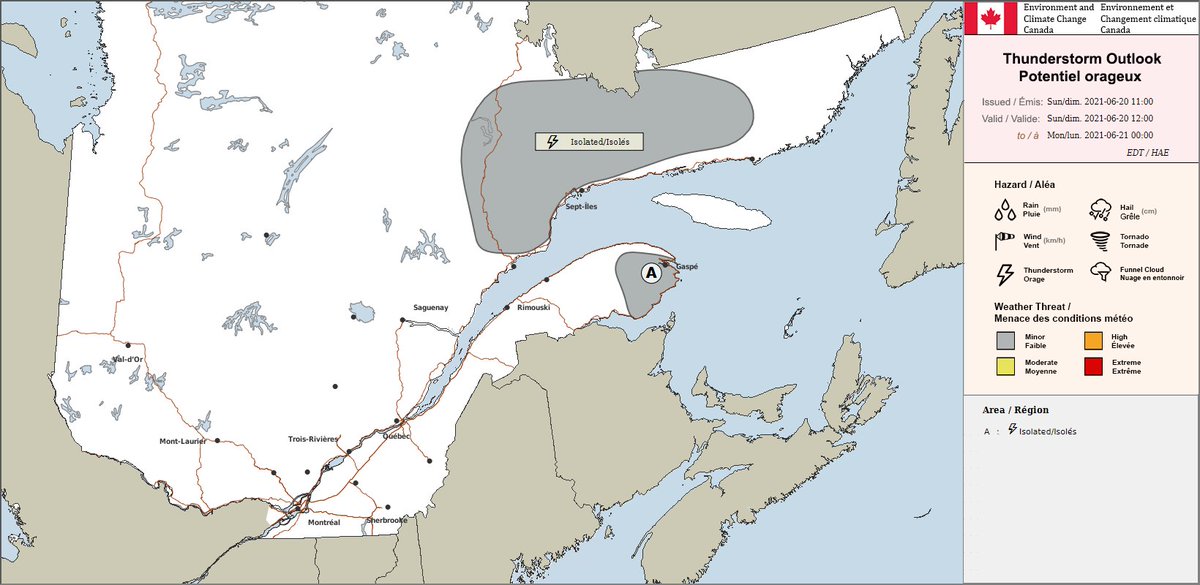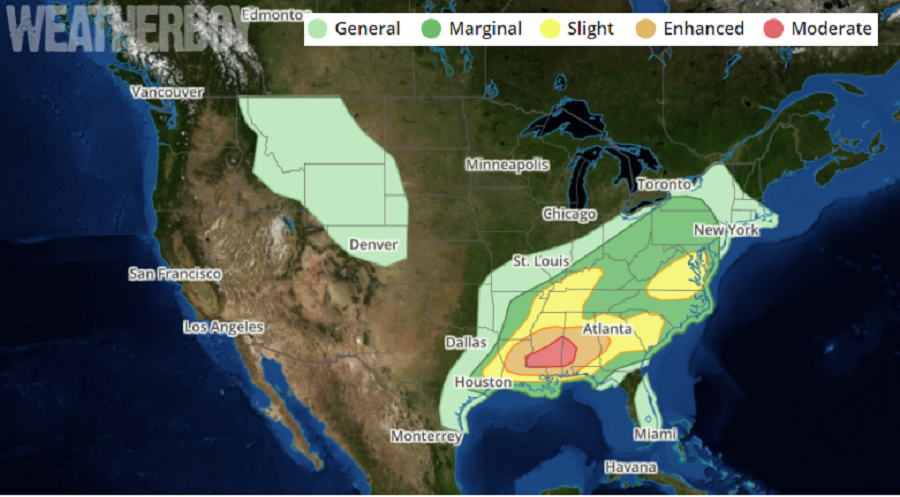

What does it mean for this summer?Īccording to BoM, the six wettest winter-to-spring periods recorded in eastern Australia have all occurred during La Niña years. For example, La Niña affected three consecutive years from autumn 1998 to autumn 2001. The second consecutive La Niña announced on Tuesday is the first time back-to-back events have occurred in a decade – since 2010-12.īut it isn’t that uncommon for multi-year La Niña events to occur, according to BoM. The warmer waters lead to increased rainfall across northern and eastern Australia. “El Niño and La Niña arise due to atmosphere and ocean interactions,” said Dr Agus Santoso, a senior research associate at UNSW’s Climate Change Research Centre.ĭuring a La Niña event, strong trade winds blow west across the Pacific Ocean, pushing warm surface water towards Asia and the seas north of Australia. They belong to a cycle known as the El Niño-Southern Oscillation, which has an irregular timescale of several years.


Read more What is La Niña and how often does it occur?Īcross most of Australia, El Niño or La Niña conditions have the strongest influence on how the climate varies year to year.


 0 kommentar(er)
0 kommentar(er)
